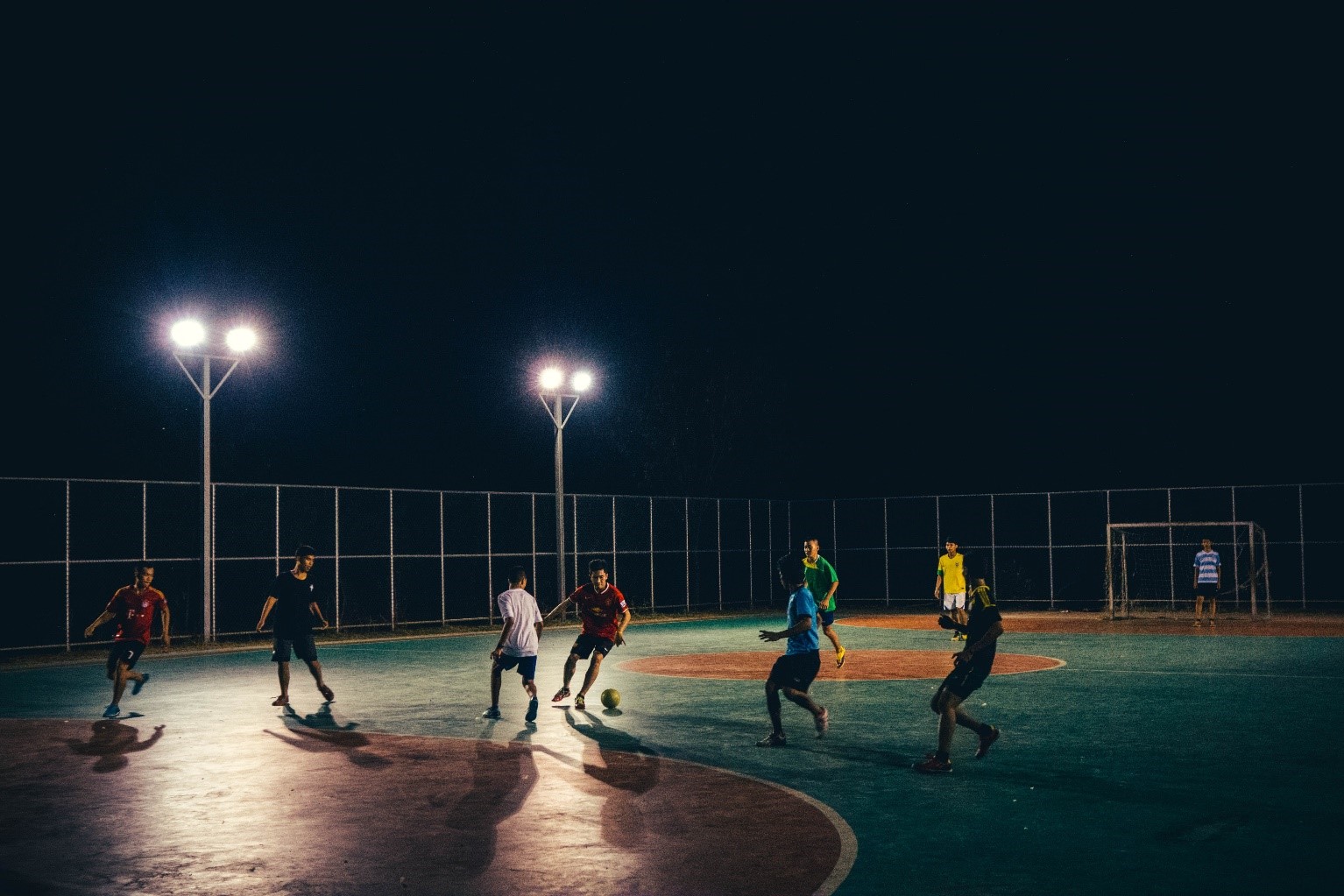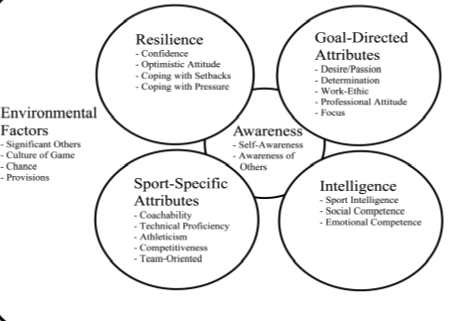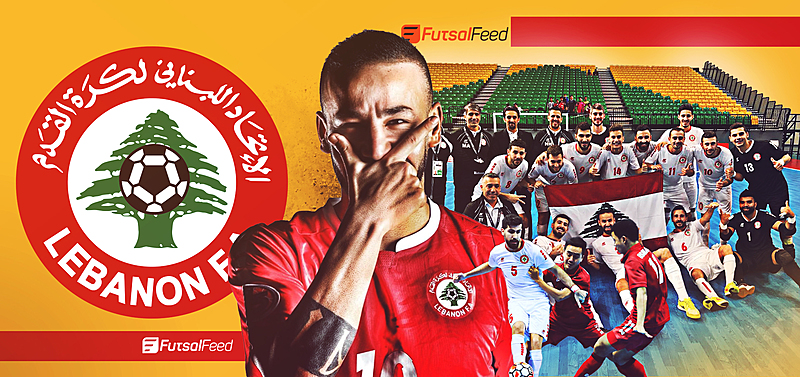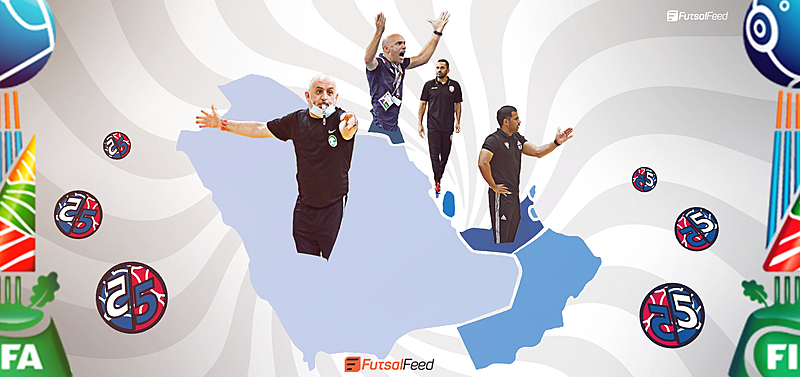"The measure of intelligence is the ability to change."
Albert Einstein
It is normal to say that, for the better, you always change. But there is a long way from theory to practice - the fear of change is the result of the evolution of the human species and the need for survival of other times. At the beginning of humanity, the man was constantly confronted with situations of change and unknown, which were usually associated with danger.
During the career as an athlete, the transitions between echelons represent changes, which can be opportunities but also challenges that test the ability to adapt and grow.
Stambulova (2009) suggested that athletes often describe the junior-senior transition as the most difficult of their sporting careers.
The phenomenon we deal with presents several agents, from athletes, coaches and other technical staff, family members and managers, to clubs and federations.
We will try to reflect on three perspectives of the athlete, that of the coach and that of the club, ending with a proposal for everyone.

ATHLETE PERSPECTIVE
"I remember my first training session with the first team and it was the war. I remember seeing two players fighting in practice, had an argument with Jens Lehmann and thought "Wow, where have I gotten myself?" (Coquelin, 2015)
Studies on career transition suggest that the progression of athletes from the junior to the first-team level comprises specific phases of the transition: phase of anticipation (e.g. the expectations of the transition), a meeting phase (e.g. the first training sessions with the first team) and an adaptation process (e.g. integrating training from the first team) (Turfs, Littlewood, Nesti, Gilbourne, & Richardson, 2010).
Consequently, each of the distinctive phases can involve complex and dynamic socio-cultural barriers, expectations and distinct defies of senior and management players as stakeholders in a high-performance environment, which elite young players have to overcome.
To provide an overview of transient experiences, Stambulova (2003) proposed a transition model from juniors to seniors that described the transition as a process that has a number of demands, barriers, confrontational resources, results and long-term consequences.
Stambulova (2009) described the transition as a process, in which athletes manage various internal and external challenges. Athletes' success in dealing with specific challenges results from a dynamic balance between transition barriers and their available resources and supports.
Considering the focus of the objectives of the athletes of collective sports, of an individual and collective order, it can be considered that they have less control over the result because an athlete alone can not determine the results of training or competitions, they are the product of the efforts of the whole team, in confrontation with others. This means that the whole team shares the responsibility for training and competition.
Thus, team sports athletes have a closer relationship with their teammates but are subject to more social stress, fear of error, the conflict between their individual goals and team goals, greater fear of injuries and team conflicts.
The existence of greater social stress and collective responsibility can expose youngsters to greater pressure, considering that the transition of these athletes coincides with a change of the team and so their adaptation is more psychosocial because they need to find their place in the team inside and outside the sport (Stambulova, Wrisberg, Craig, & Ryba, 2006).
Roynesdal, Toering, & Gustafsson (2018) refer to the following needs as challenges for integrating into the requirements of the senior team's environment:
- Manage the social dynamics of the senior team;
- Manage the specificity of the nature of senior team management;
- Manage the high competitiveness of the senior team.
It seems that there will be an equation between the psychological capacities of managing the needs mentioned above and the environment created around the transition. These two strands should be considered as areas of intervention of the remaining agents, seeking the best solutions for the three specific phases - anticipation, meeting and adaptation.
COACH PERSPECTIVE
"I have to adapt to the new world, and the way young people are today. " (Mourinho, 2017)

Figure 1. Successful framework in the development of young players to experienced training coaches.
Mills (2012) summarized in Figure 1, part of the results of their study, enumerating the factors that influence the framework of success in the development of players in their senior-junior transition to experienced training coaches, with 5 primary levels: Environmental Factors, Resilience, Focus Skills, Specific Skills of Sport/Sport, Intelligence and Awareness.
In each of them the coaches referenced traits that allowed him to characterize each of these levels, the environmental factors do not depend on the athlete, but can largely be moulded by the clubs, the remaining traits depend on a genetic basis, in conjunction with the stimulus of the environment.
But considering the junior player of the club as an element with long-term training, with a lot of potential development influence with regard to the intervention of the coach and his peers, namely offices to support the athlete, psychology and coordination between senior team and training, there is scope to favour these characteristics catalysts of success.
In their study Mills (2012) refer to the coaches also felt that it was imperative that young people accept that adversity can facilitate development. In this study, adversities were widely perceived as "growth opportunities" in which players have to "dig deep", in an introspective way, to evolve. To this end, the abilities to consciously reflect, assimilation and adaptation were considered determinant, translating the potential of the person in excellence. (Mills, Butt, Maynard, & Harwood, 2012).

These data allow us to design better forms of intervention, anticipating either the psychological profile of the athlete prepared for the transition or guessing any difficulties that can be felt by athletes who do not meet the conditions that another study refers to as beneficial measures:
- Communication between the Senior Team Staff and Youth Department;
- Mentoring and support of the coaches and players of the Senior Team to the Juniors. (Roynesdal, Toering, & Gustafsson, 2018)
Understanding the difficulties of this challenge, experienced by young people in their course, coaches must not only develop the Specific Skills, the majority focus of investment in the training process, but also work on the other areas, seeking to train human beings and not just athletes, teaching, through the game, the predominantly psychological skills that allow them to successfully adapt to change.
They also have the responsibility to promote the best practices, both of the club, of the other staff members, as well as in family members, in situations of less professionalism of the structure of the club, to try to intervene with them empowering them to understand the problem, and seeking that they are catalysts of the experiences that are sought to be transmitted in training and play.
SECOND PART OF THE ARTICLE
CLUB PERSPECTIVE
"Quality in Management is the art of making problems so interesting and their solutions so constructive that everyone wants to work and solve them." Paul Hawken
Investment in the training of athletes is one of the forms of revenue by clubs, both from the point of view of direct economic valuation, and the valorisation of sports and other associated results.
According to Rezende, Dalmacio, & Pereira (2010), the decisions to buy, sell, loan and renew contracts of football players involve significant values of the club's assets, these decisions impose challenges on managers, such as how to evaluate players and what the economic balance of forming an athlete.
Regarding the athlete's training, according to Cruz, Santos, & Azevedo (2010), these expenses are made by clubs in order to train players at various levels so that clubs can, in the future, enjoy their services, in order to obtain the best economic and sports results.
According to international accounting standards, an asset is a resource controlled by the entity because of past events and from which future economic benefits are expected to flow to the entity. Intangible assets are defined as an identifiable non-monetary asset without physical substance.
For an item to fit the previous definition it is necessary to meet the following criteria:
Be Identifiable: (a) is separable, may be separated from the entity and sold, transferred, licensed, rented or exchanged, individually or in connection with a contract, related asset or liability, regardless of the entity's intention to use; or (b) the result of contractual rights or other legal rights, regardless of whether such rights are transferable or separable from the entity or other rights and obligations.
Be controlled: The entity controls an asset when it holds the power to obtain future economic benefits generated by the underlying resource and to restrict third-party access to those benefits.
Future Economic Benefit Generator: Future economic benefits generated by intangible assets may include revenue from the sale of products or services, cost reduction or other benefits resulting from the entity's use of the asset. (Matos, Piva, Junior, & Szuster, 2015).

Figure 2: Contractual relationship between player and football club. (Rezende, Dalmatia, & Pereira, 2010).
The introduction of these assets and their valuation at the senior level presents difficulties, especially those previously mentioned and that can destroy the investment of the club and athlete. Avoiding abrupt introduction seems to be a trend with positive results. (Rezende, Dalmacio, & Pereira, 2010)
The financial expectations that precede the conclusion of contracts between talented young people and clubs greatly increase personal, social and family pressure while functioning as a motivating and destabilizing factor for the athlete.
At the senior team level, young elite players struggle to gain approval and respect from senior players and the coaching staff and seem to struggle to integrate due to competitiveness and the culture of winning at all costs.
In light of the smoothed transition approach applied by some professional football clubs, promotion to the senior-junior team takes place for two main reasons: (a) because of a senior player's injury, and the need for a replacement in that training session, which can result in a young player training without being prepared or (b) the senior team coach watches him and invites him to train with the senior team. There are also cases where a combination of the two reasons occurs. (Roynesdal, Toering, & Gustafsson, 2018).
In the formative process, it is important to teach the value of error, build confidence and relativize the results. Preparing them from an early age, through good personal training, for the exhibition and management of expectations, are also functions of the academies because often parents can not perform these tasks alone.

Understand what motivates a player. It is part of the coach's job to get into the mind of each player in order to enhance the best in them. Only then can you give them the right tools to progress and gain confidence in their individual abilities. (Gregson, 2010)
Patrick Manning, a leader in management strategy consulting and a silver medal in Rowing at the Barcelona Olympics, agrees. "We have invested a lot of time in talent development. The most important of all is having young people work alongside people with more experience —not just as a learning system. This is complemented by formal training programs and formal mentors". (Gregson, 2010)
Briefly, the club has the need to value its assets, giving them the best conditions for their individual success to be effective. In this sense, and understanding the importance of the transition phase, as being the most difficult of the training process and the one in which the largest number of assets, over which there was a greater investment and there is greater potential, if lost, should invest in quality models to reduce the risk of devaluation.

Reflection
"Coach Wooden never talked about winning or losing, rather than about the effort to win. He rarely talked about basketball, but always about life. He never referred to strategy, statistics or plays, but preferred people and character. Coach Wooden never tire of telling us that once you become a good person, you're going to be a good player." Bill Walton (Wooden, 1997)
Ricardinho, one of the maximum exponents of futsal mode says "what I see is that Cristiano and I left our homes very early. We needed to go step by step, knowing that our height would come, without ever giving up. In this respect, I identify a lot with Cristiano. I wanted to be the best, scoring goals and worked like no one else, it's also how I see myself" (Braga, 2017). Comparing with one of the best in football, Ricardinho also refers to resilience, focus skills, awareness, being widely recognized to both skills of skill and intelligence specific to the sports concerned.
>> 5 things you didn't know about Ricardinho

Richards, Mascarenhas and Collins (2009) demonstrated how coaching could be integrated as a mechanism to help develop elite athletes and teams. The authors suggest that incorporating the reflexive practice into development programs can cultivate an environment in which athletes and teams are also able to contribute to their technical and tactical development.
While the coaches of the various studies mentioned have shown encouraging players to reflect on their learning, it seems that the integration of sessions structured by the principles of reflexive practice can provide a more systematic and holistic approach, with the ability to enhance tactics and technique, and also articulate the socio-emotional development of players.
Following a similar line of thought, for Richards (2009), if academies are developing resilient, objective-driven young people, and intelligent performers, we believe that young players need to be "reflective thinkers" who, as a result, would potentially be better at transcending the challenges that this competitive market presents. In addition, acting as an awareness mechanism on the implications of family support, assisting academies and families to build a reciprocal understanding of the extent of a parental role. In a sense we suggest the following model:

Diagram 1: Proposal for a Model to Support the Athlete in the context of Training.

>>> 4+1 easy ways how can you support FutsalFeed















